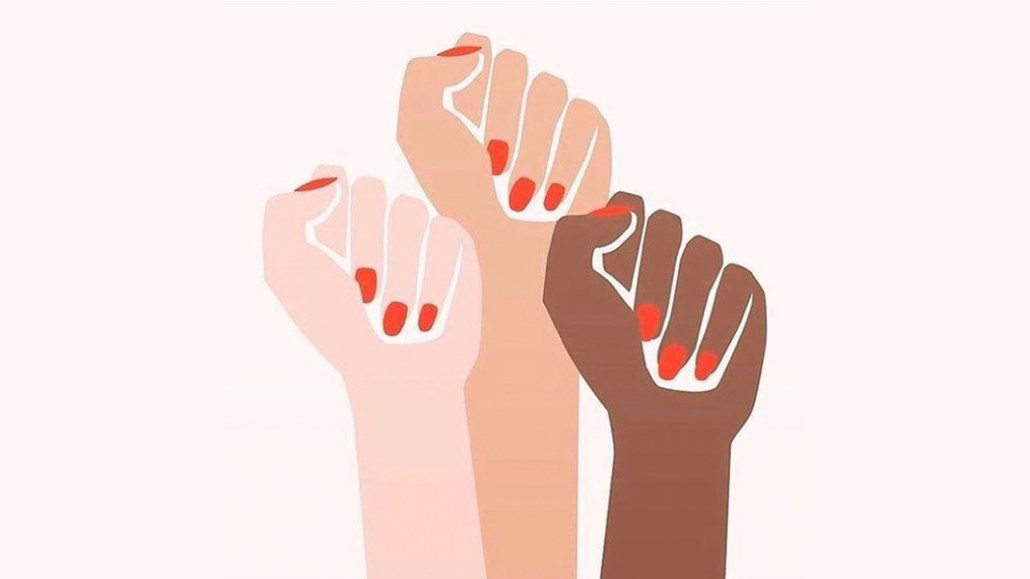Save 50% on a 3-month Digiday+ membership. Ends Dec 5.

A new U.K. law has prompted a flurry of media owners and agencies to publish gender parity reports over the last two weeks.
Under the law, all companies with more than 250 staffers have to report the difference between male and female employees’ pay, regardless of their job or position, by April 4.
Among those that have reported their gender pay gap, the core reason for disparities is that while companies are getting closer to having equal numbers of male and female employees, there are more men in senior positions and more women in junior positions, leading to a bigger pay gap.
All media owners that have reported their figures so far have pledged to do more to close their gaps. Here’s a breakdown.
The Telegraph
What it reported: In 2017, women working at British national newspaper The Telegraph are paid 35 percent less than men on average — the biggest gender pay gap of any U.K. media owner that has reported official figures. Bonuses paid to men were also 46 percent higher on average than those paid to women at the publisher.
What it promised: The Telegraph’s CEO Nick Hugh called the gap “unacceptable” and has pledged to eliminate it by 2025. To do this, the publisher will prioritize building its inclusive culture, making structural changes to its flexible work arrangements. Its projections for 2018 indicate it has reduced its pay gap by one-fifth due to efforts like introducing better maternity pay.
The Economist Group
What it reported: On average, men at The Economist Group made 33 percent more than women there did in 2017. Seventy-six percent of those in the highest-paid roles are men. The publisher also reported an average gender pay gap for bonuses of 26 percent, with 34 percent of male employees receiving bonuses compared to 23 percent of women.
What it promised: The publisher said it will consider multiple male and female candidates for senior roles and ensure better gender balance in management teams. It will also re-examine paternity and maternity support and management development, while implementing diversity and inclusion training to help employees understand unconscious biases.
Channel 4
What it reported: In 2017, the broadcaster paid its female employees 29 percent less on average than its male ones, despite the fact that 59 percent of its employees are women — figures its first female CEO Alex Mahon described as “uncomfortable reading.” The average bonus gap between men and women was 47.6 percent.
What it promised: Channel 4 said it will increase the number of women in higher-paid positions, setting a target to achieve a 50-50 gender balance among its top 100 earners by 2023. Men hold 66 percent of these roles now.
BBC
What it reported: The BBC reported its own gender pay gap in October, in the wake of controversy that arose from publishing the salaries of its top-earning talent in July, which showed that most of its top-earning presenters were men. Men working for the BBC earned an average of 9 percent more a year than women, while the national average pay gap is 18 percent, according to the Office for National Statistics.
What it promised: The BBC attributed the gap to the fact that there are more men than women in senior positions. BBC director general Tony Hall pledged to eliminate the pay gap by 2020.
Guardian News and Media
What it reported: The gender pay gap at the Guardian is 11 percent. The publisher has said 65 percent of its highest-paid employees are men, while 57 percent of the lowest paid are women. The gap on editorial teams is lower than the rest of the company, though, at 7 percent, while non-editorial groups have a gap of 17 percent.
What it promised: The Guardian said it will achieve a 50-50 gender balance in the top half of the business within five years. It plans to do this by developing, promoting and recruiting more women at every level. The publisher will offer mentoring programs for women and initiatives like fast-tracking women’s progression in middle and senior management roles.
News UK
What it reported: News UK, which owns The Times of London and The Sun, has a permanent staff of 66 percent men to 34 percent women, according to the publisher. In 2017, women were paid 15 percent less on average than men at the two newspapers, while bonuses men received were 11 percent higher on average than those paid to women.
What it promised: The company hasn’t publicly released an exact target, but it has pledged to continue being proactive about ensuring its teams have equal gender representation.
Financial Times
What it reported: On average, men made 24 percent more than women at the FT in 2017, while the gender pay gap for bonuses was 38 percent, and two-thirds of the highest-paid staffers were men.
What it promised: The publisher said it will reach gender parity on its global leadership team by 2022. It has also pledged to develop or introduce plans to improve workplace diversity, including ensuring it has 50-50 short lists for all hiring and internal recruitment.
More in Media

Digiday+ Research Subscription Index 2025: Subscription strategies from Bloomberg, The New York Times, Vox and others
Digiday’s third annual Subscription Index examines and measures publishers’ subscription strategies to identify common approaches and key tactics among Bloomberg, The New York Times, Vox and others.

From lawsuits to lobbying: How publishers are fighting AI
We may be closing out 2025, but publishers aren’t retreating from the battle of AI search — some are escalating it, and they expect the fight to stretch deep into 2026.

Media Briefing: Publishers turn to vertical video to compete with creators and grow ad revenue in 2026
Publishers add vertical video feeds to their sites to boost engagement, attract video ad spend and compete with news creators.








